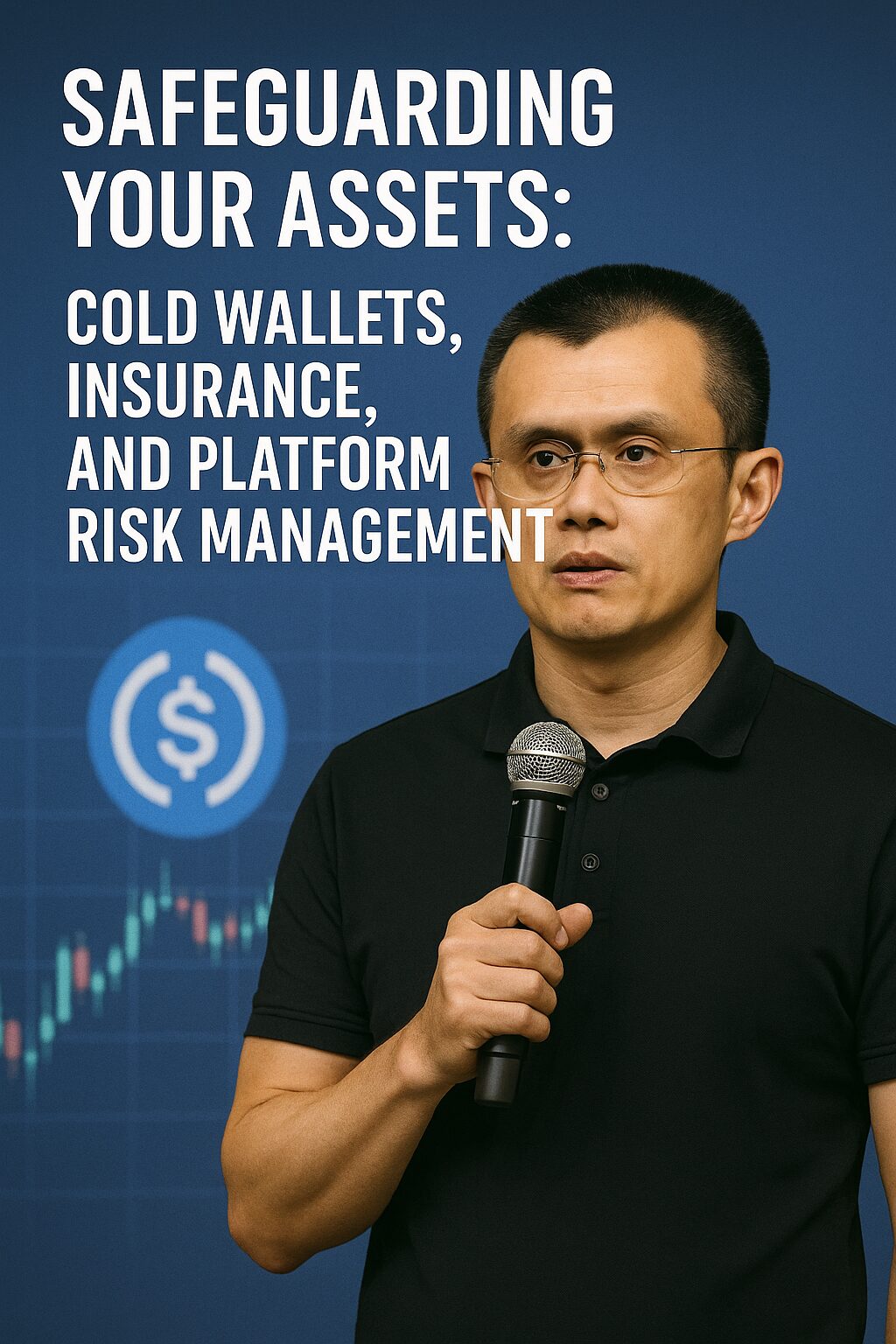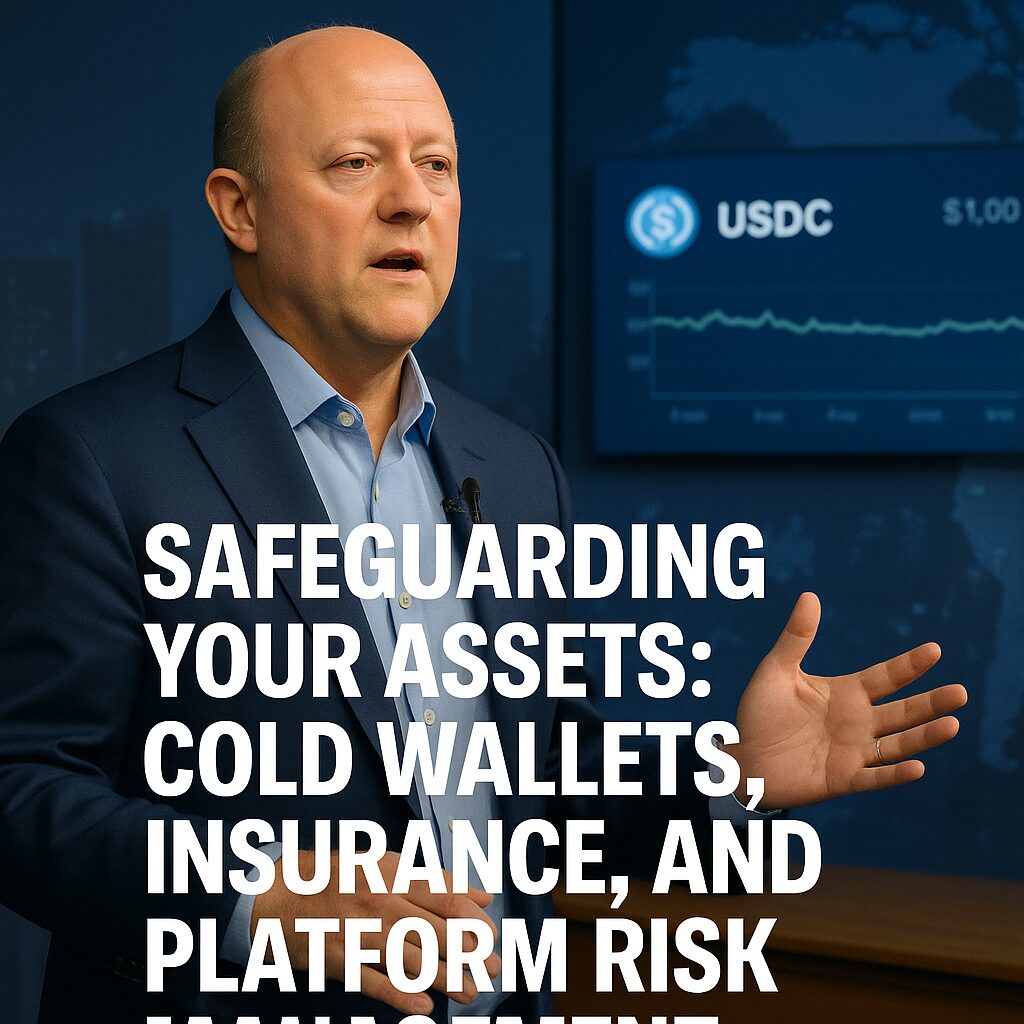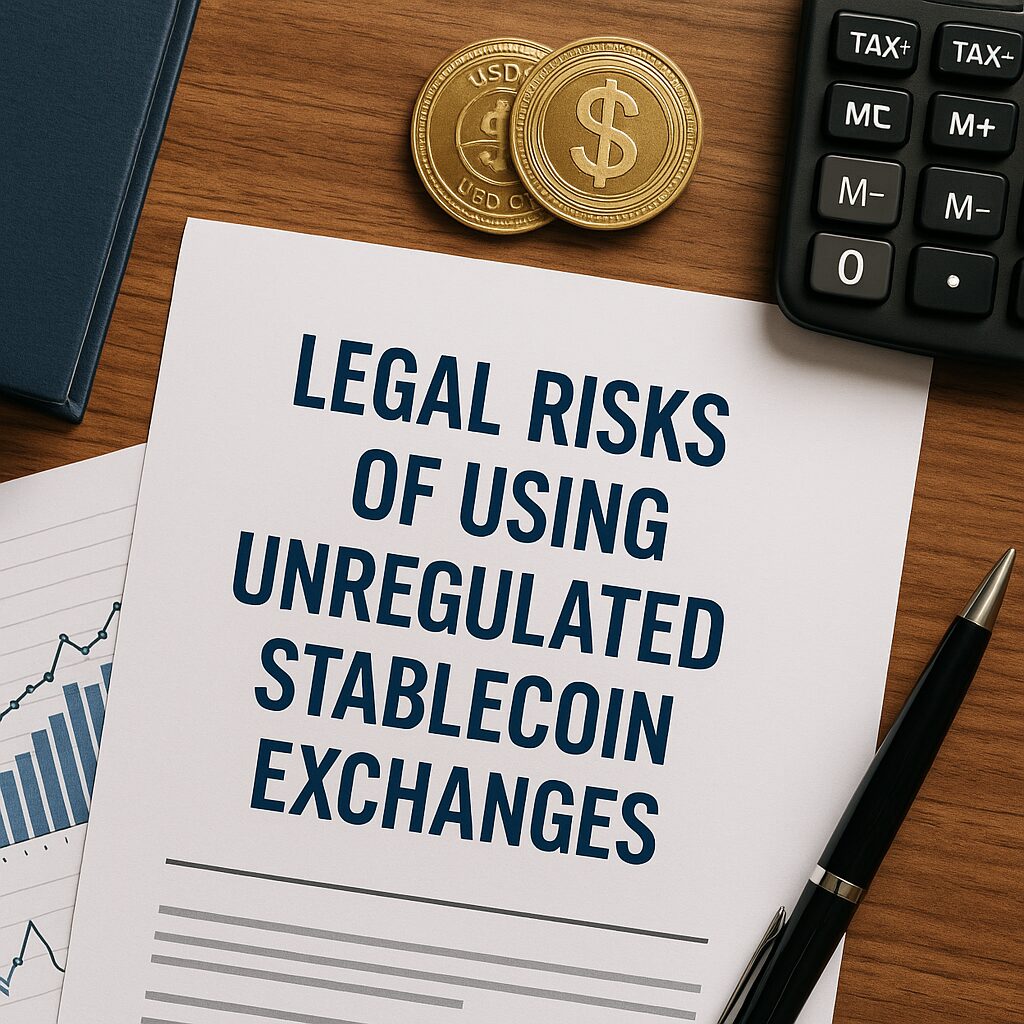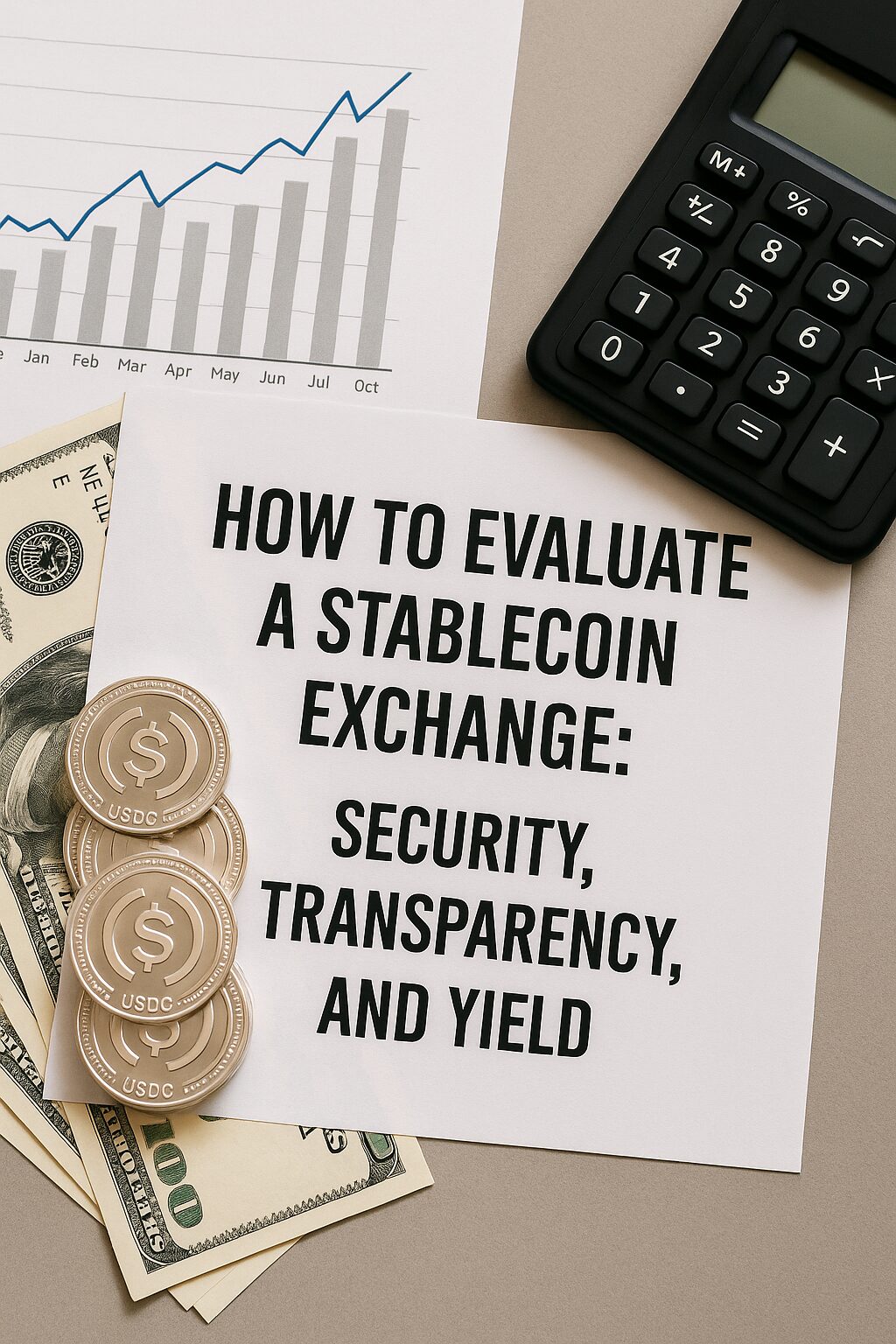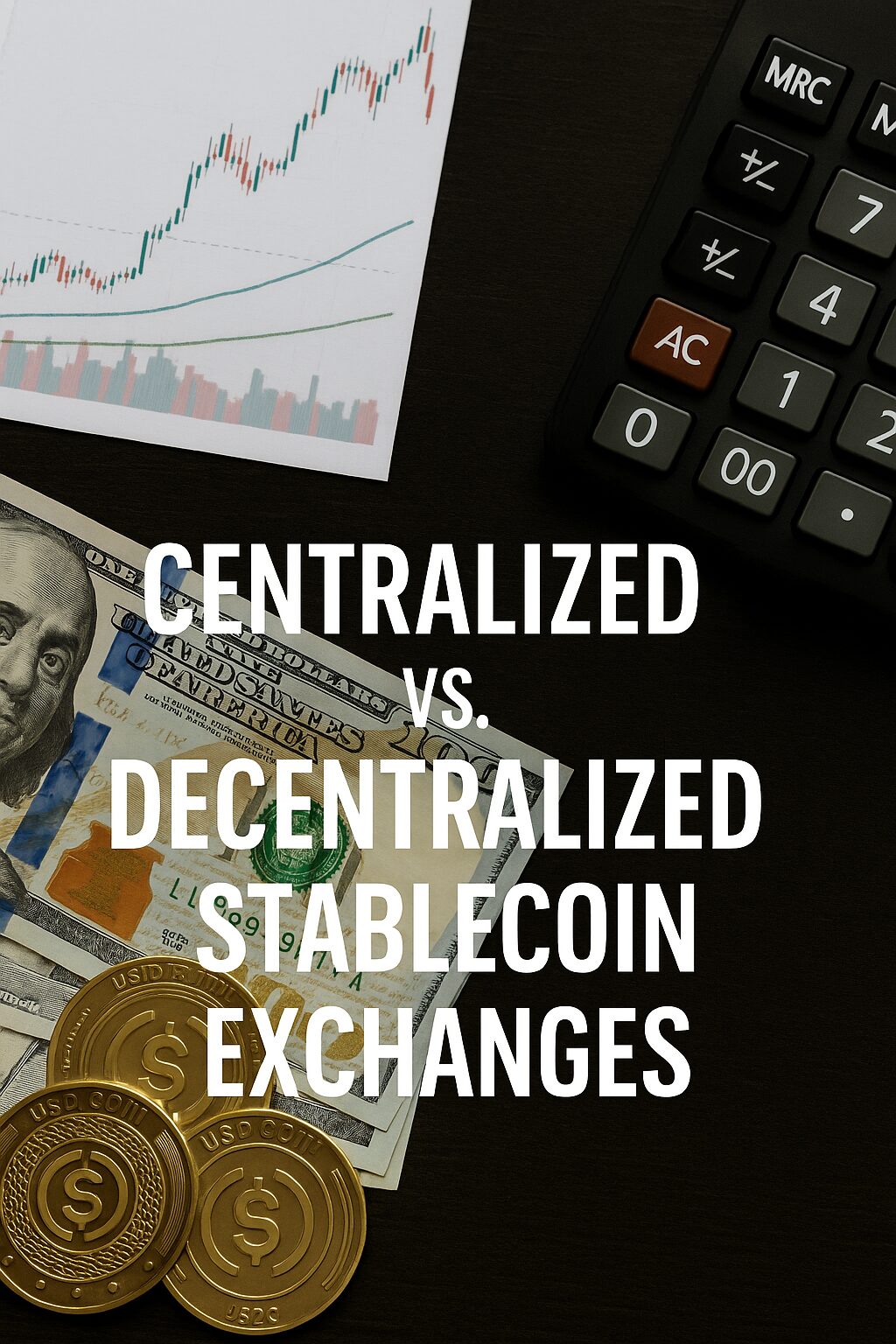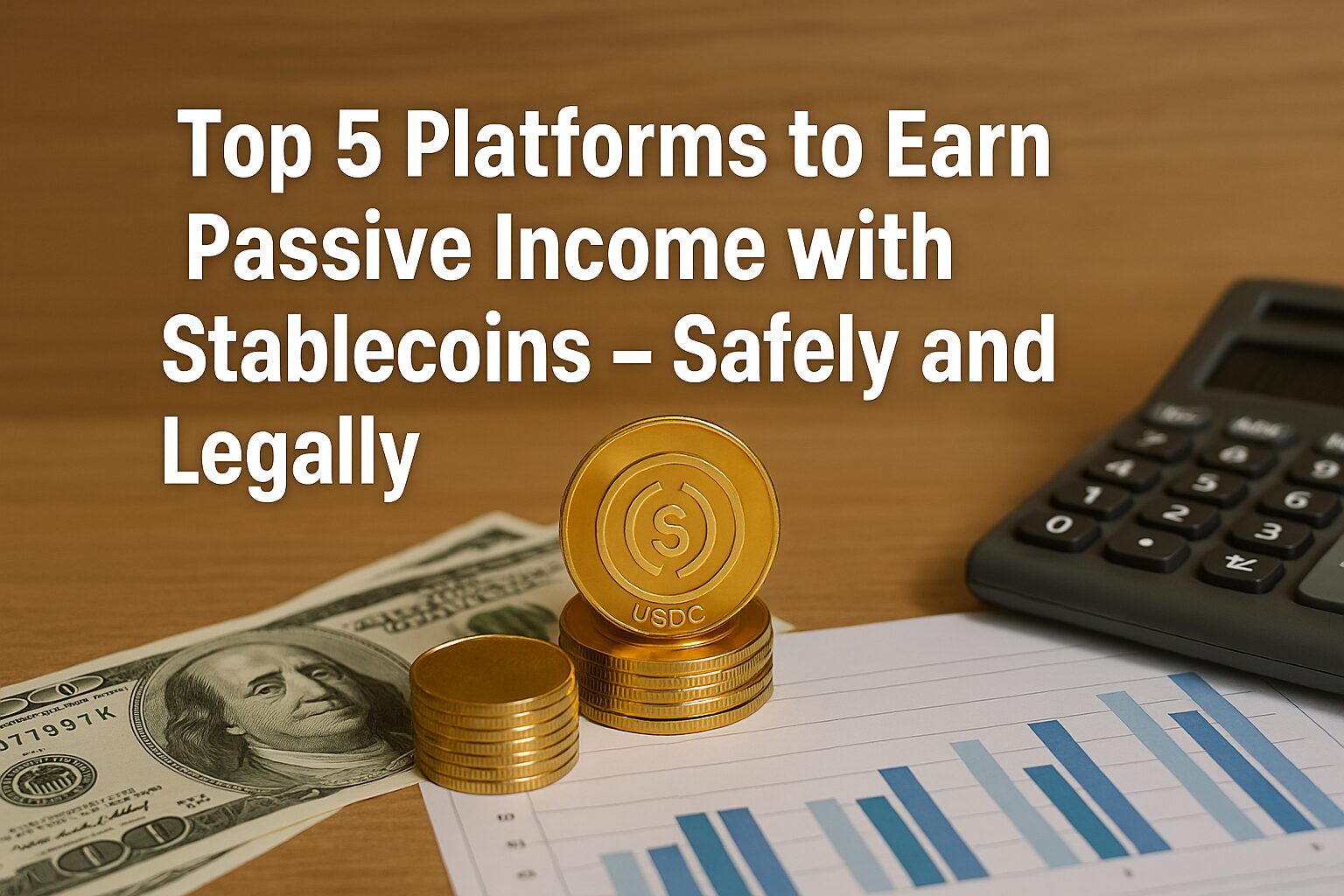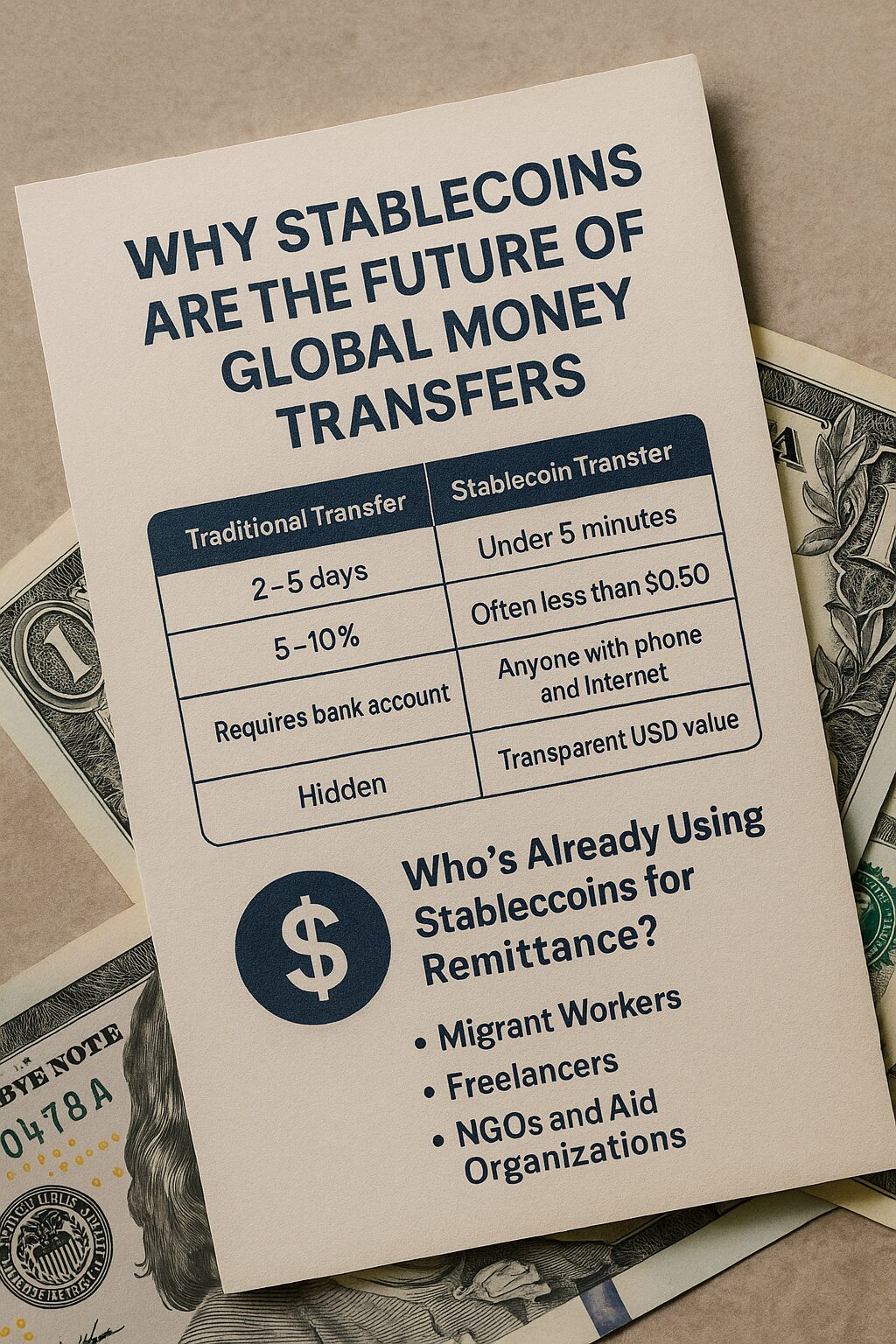Stablecoins offer stability—but stability doesn’t mean safety.
Even the most reliable stablecoin platforms can suffer from hacks, insolvency, fraud, or government seizures. So how do you actually protect your digital wealth?
In this final guide of the stablecoin series, we’ll teach you how to fortify your holdings against every kind of threat—technical, financial, and legal. From cold wallets to insurance policies and risk diversification, you’ll learn how pros stay protected while earning.
Why You Need More Than a Good Platform
Even if you use a regulated, high-performing platform like Nexo, Aave, or Binance Earn, there are three unavoidable realities:
- You don’t control the infrastructure
- You don’t control the legal framework
- You don’t control what happens tomorrow
That’s why risk management is your job as an investor—not the platform’s.
1. Cold Wallets: The Foundation of Crypto Security
A cold wallet is a crypto wallet not connected to the internet. This makes it nearly immune to hacks, phishing, or malware.
Popular cold wallet options:
| Brand | Features | Price |
|---|---|---|
| Ledger Nano X | Bluetooth, mobile support | $149 |
| Trezor Model T | Touchscreen, open-source | $219 |
| Keystone Pro | QR code, air-gapped, fingerprint | $169 |
Use cold wallets to:
- Store long-term stablecoin holdings
- Separate earnings from platforms
- Keep backup funds away from online exposure
Best practices:
- Generate and store seed phrases offline
- Store backups in fireproof safes
- Use multisig wallets for large accounts
2. Crypto Insurance: Protecting Against the Unexpected
Crypto insurance provides financial compensation if a covered event happens—like a platform hack, stablecoin depeg, or smart contract failure.
Platform-Based Insurance:
| Platform | Coverage | Notes |
|---|---|---|
| Nexo | $375M insurance | Custodial assets only |
| Binance | SAFU fund | Discretionary and internal |
| Coinbase | FDIC insurance | U.S. fiat only |
User-Purchased Insurance:
| Provider | Covers | Model |
|---|---|---|
| Nexus Mutual | Smart contract failure, CEX hacks | Decentralized mutual |
| InsurAce | Stablecoin depeg, bridge hacks | Multi-chain |
| Unslashed Finance | Protocol risks | Subscription model |
Before buying:
- Read the terms of coverage
- Understand exclusions
- Consider combining providers
3. Platform Risk Management: Choose, Monitor, Exit
Choose wisely:
- Regulated
- Transparent revenue
- Audited
- Real support
Monitor constantly:
- Use DeFi Safety Score
- Track reserves on CryptoQuant
- Scan community sentiment on Twitter/Reddit
Know when to exit:
- Withdrawal issues
- Sudden APY changes
- Silent communication
- Anonymous teams disappear
4. Diversification: The Oldest and Best Risk Strategy
“Don’t put all your USDC in one basket.”
Diversify across:
- Platforms (Nexo + Aave + Binance)
- Custody types (CEX, DEX, Cold wallet)
- Chains (Ethereum, Polygon, Arbitrum)
- Insurance providers
Example Strategy:
- 40% Aave (self-custody)
- 30% Binance Earn
- 30% Ledger (cold wallet)
5. Tools & Habits for Maximum Safety
| Tool | Purpose |
|---|---|
| Ledger Live | Cold wallet interface |
| Zapper | Portfolio view |
| Revoke.cash | Remove DeFi permissions |
| Chainabuse | Scam search/report |
| CoinMarketCap | APY comparisons |
Good habits:
- Rotate wallets
- Use burner wallets for new protocols
- Back up data offline
- Check platform status monthly
- Don’t trust airdropped tokens
6. Emergency Recovery Plan
Even with best practices, disasters happen.
Create your defense:
- Crypto “will” (written instructions + seed backup)
- Paper backup of wallet seed
- Store in multiple secure locations
- Document logins and label wallets
Case Studies
Success: Ravi in Canada
- 50% Nexo
- 25% Curve via MetaMask
- 25% Ledger cold wallet
→ Never lost funds despite market crashes
Failure: Clara in Brazil
- Chased 30% APY
- Unverified team and no insurance
- Platform disappeared = $18,000 lost
Summary: Your 5-Layer Defense System
- Cold Wallets
- Insurance
- Platform Risk Monitoring
- Diversification
- Exit Strategy
Final Words: Stability Without Protection Is a Myth
Stablecoins can create wealth—but only if you protect that wealth.
The smartest investors are not just focused on yield.
They build fortresses around their digital assets.
Start small. Stay alert. Build layers of safety.
Earn securely for the long term.
👉 Series Completed!
You’ve now mastered:
Stablecoin fundamentals
Platform evaluation
Legal compliance
Scam detection
Risk management
Ready to earn. Ready to protect.
